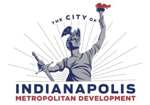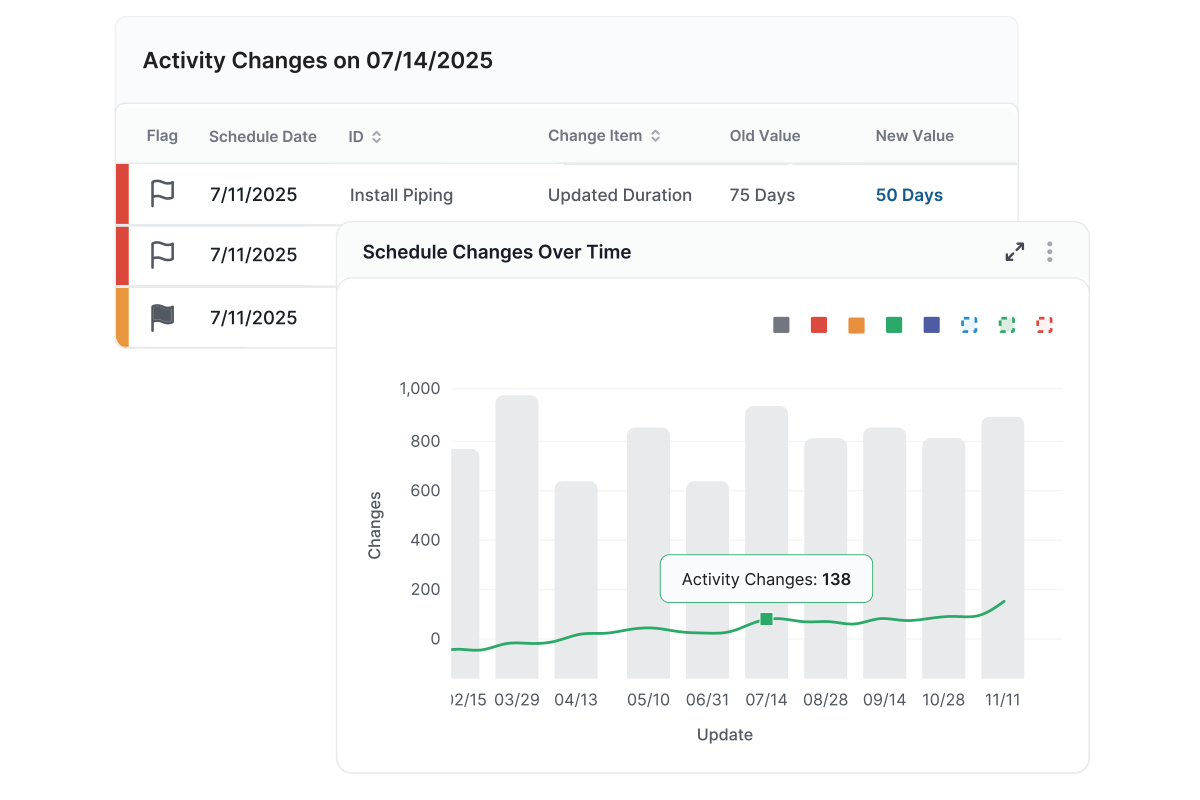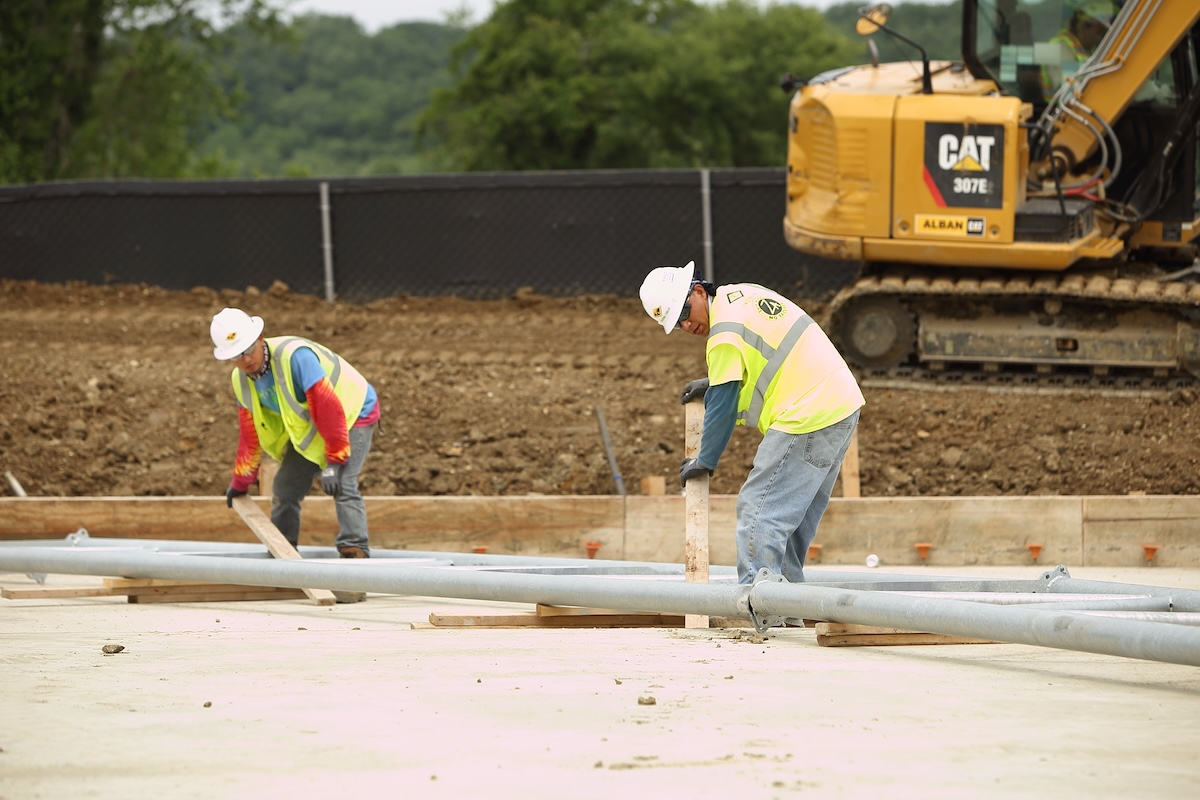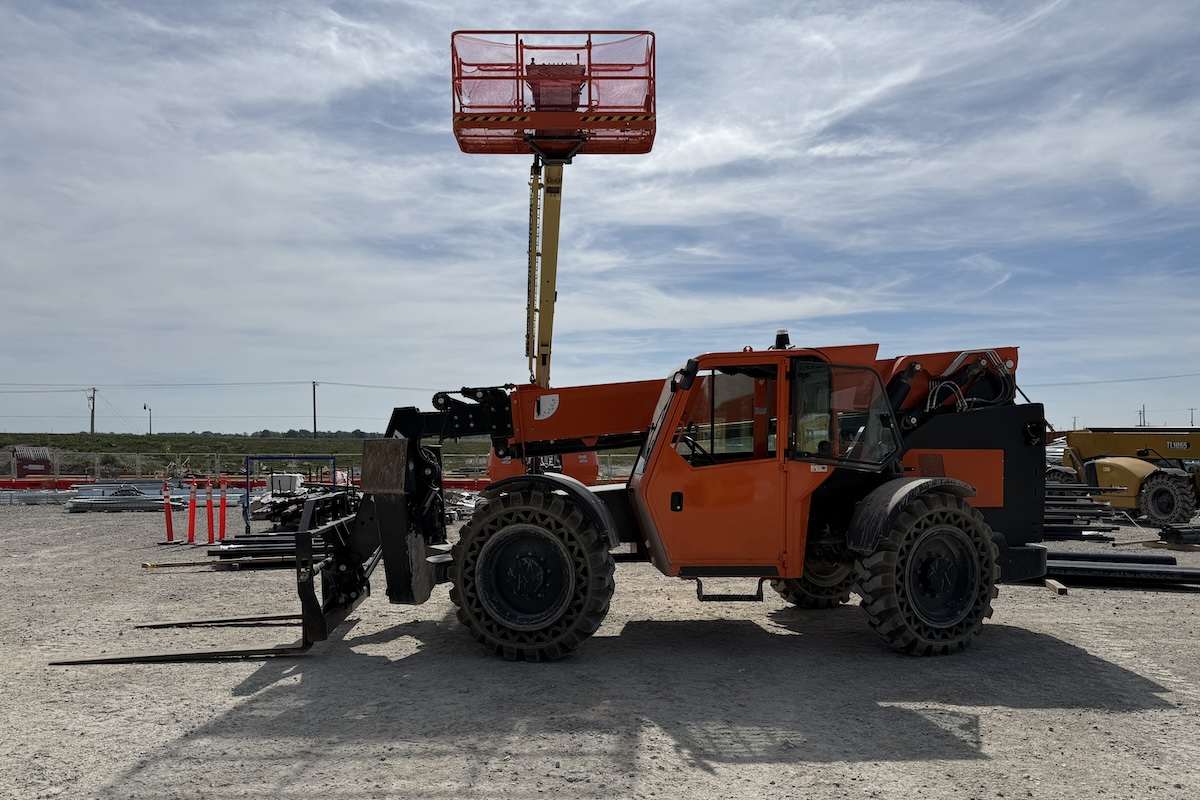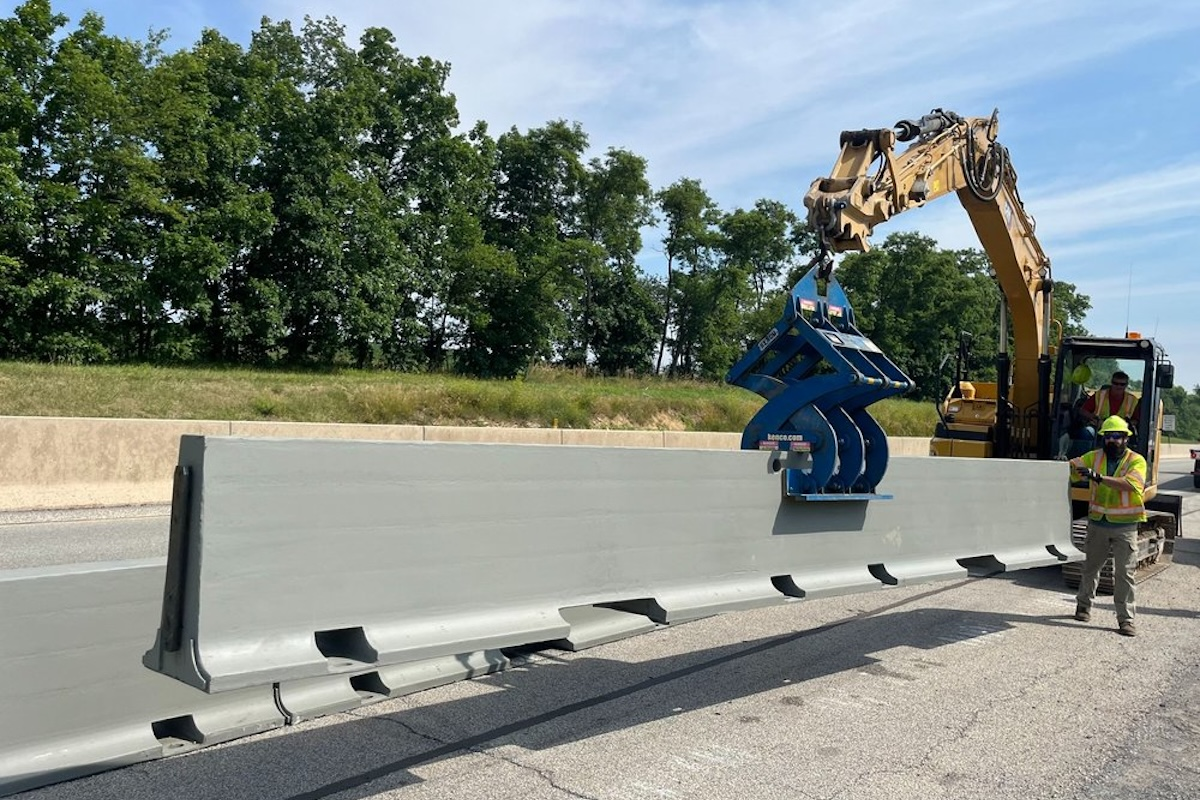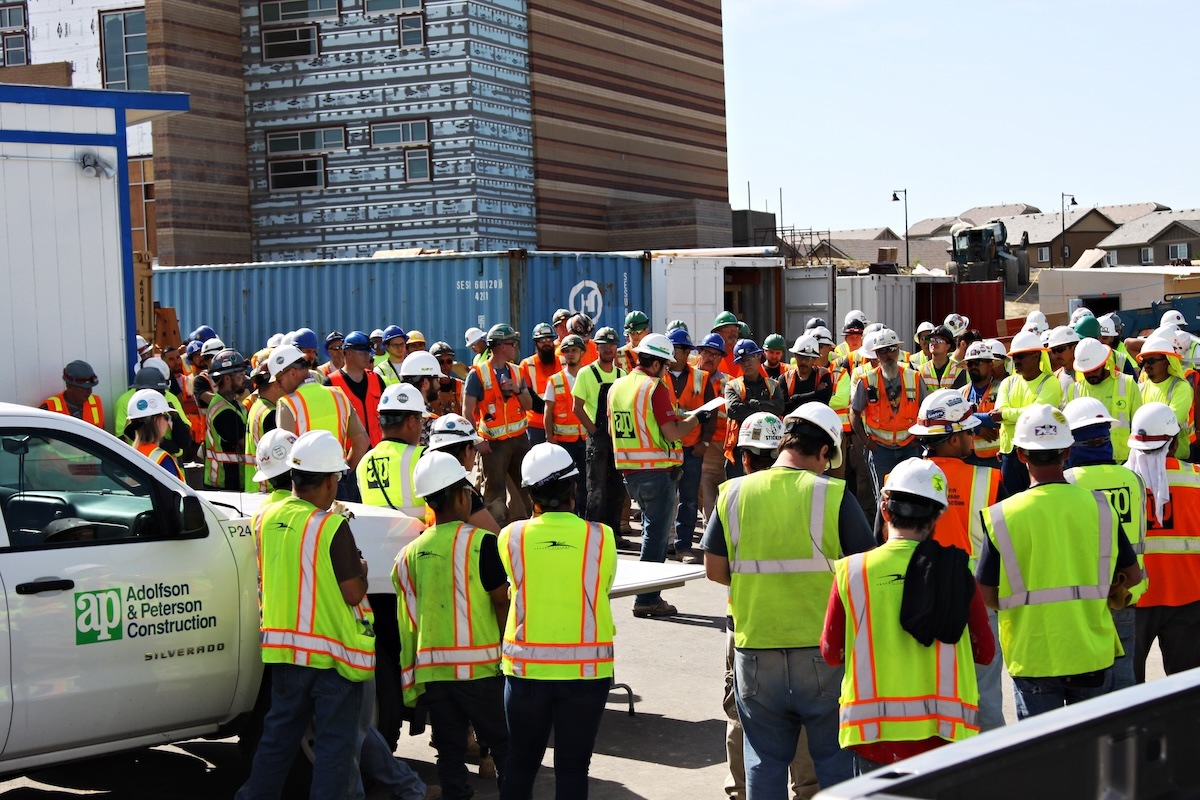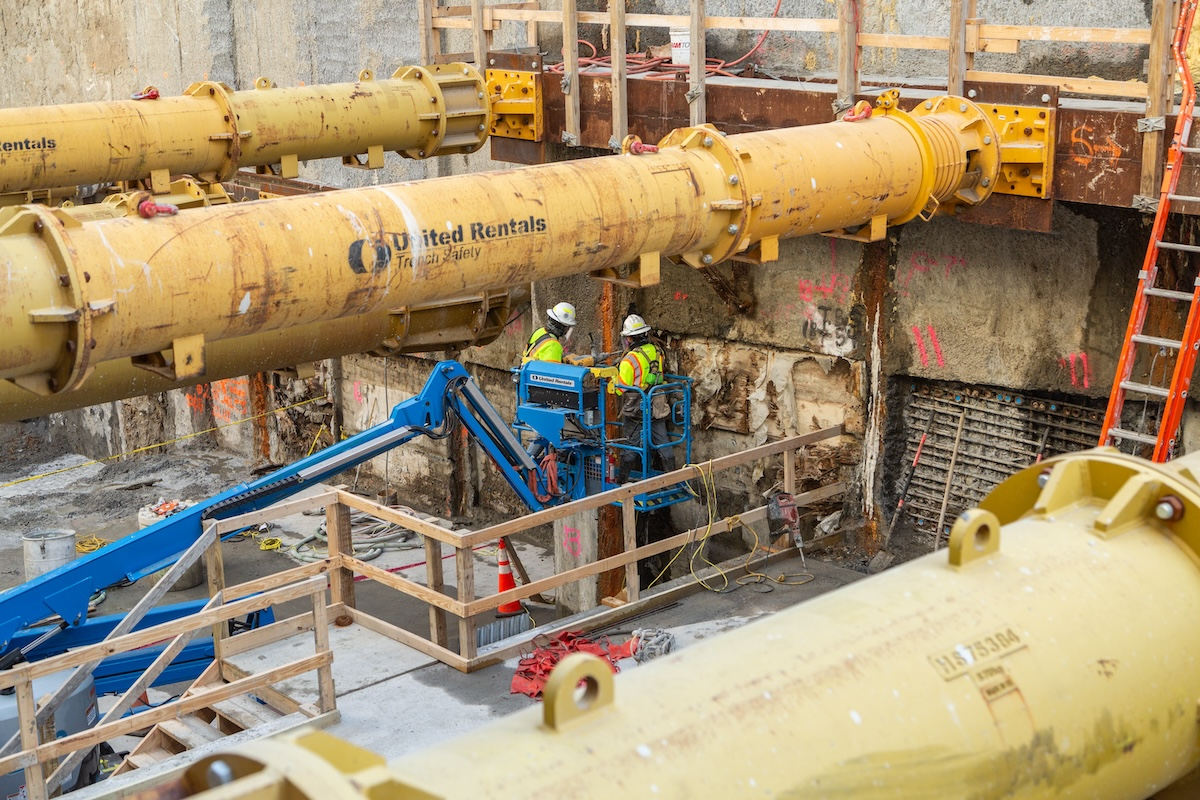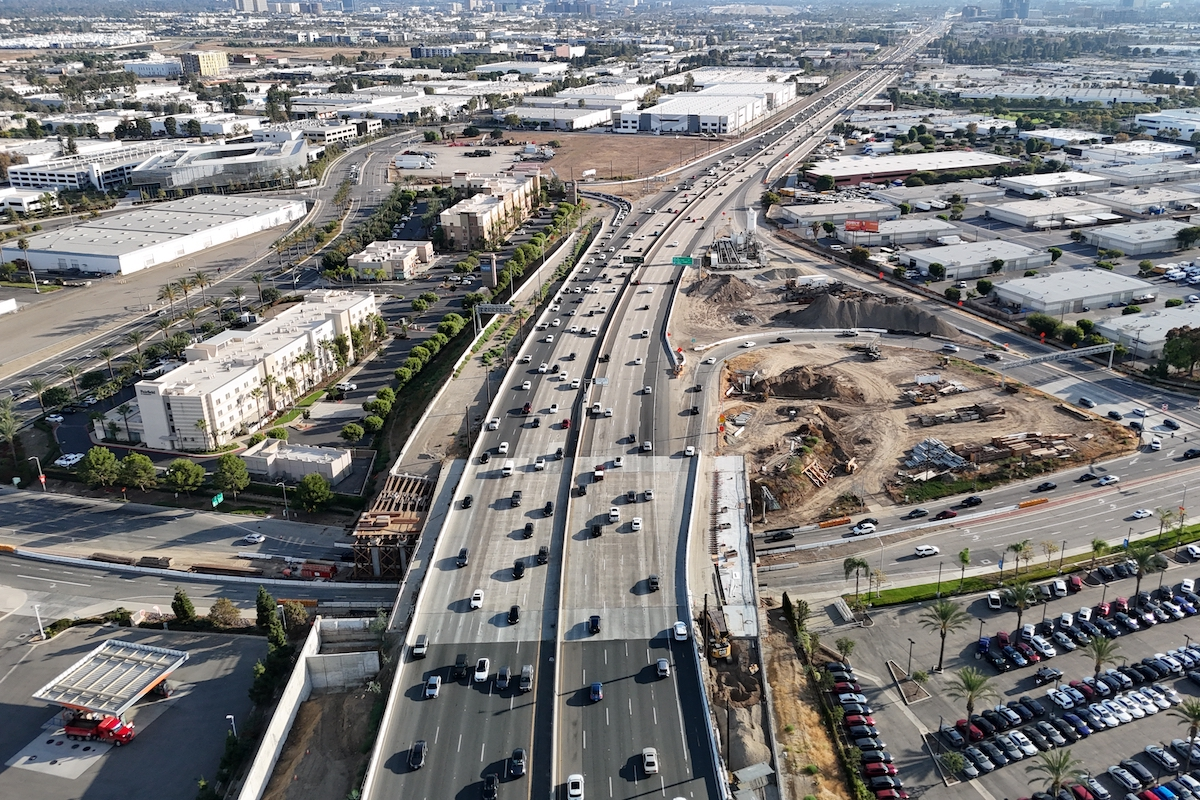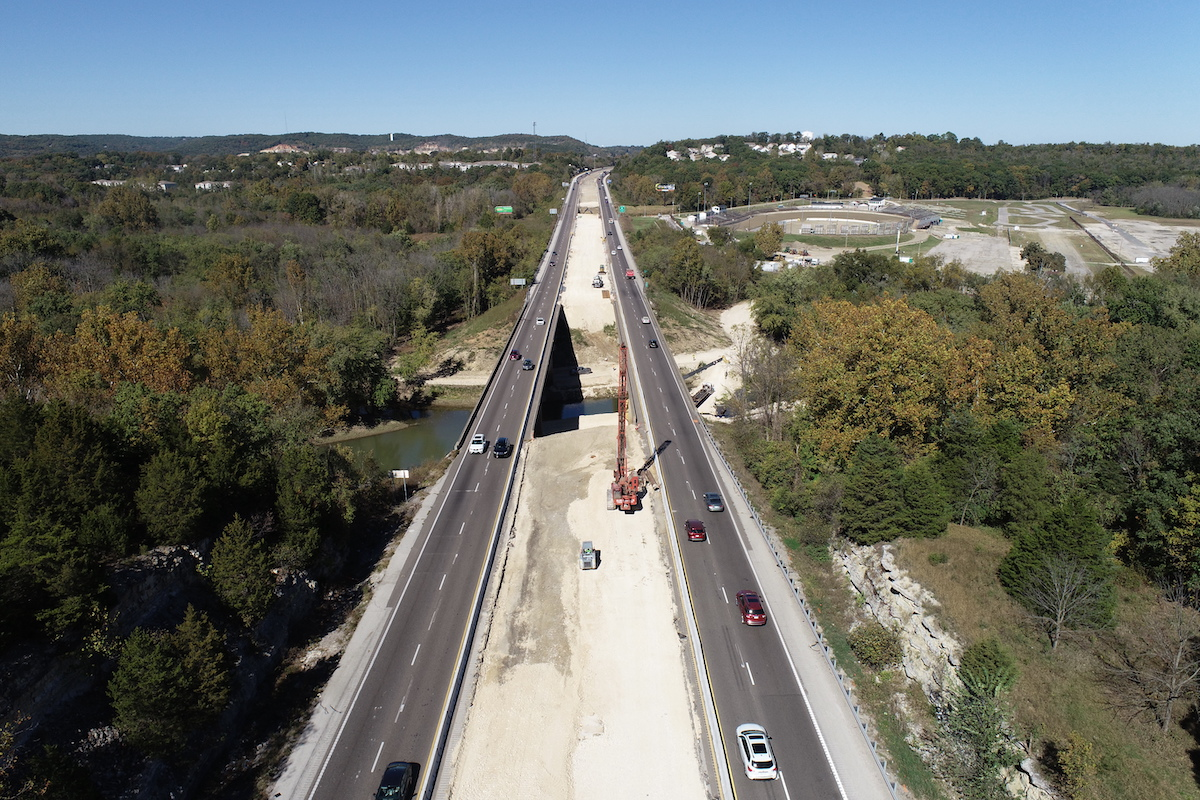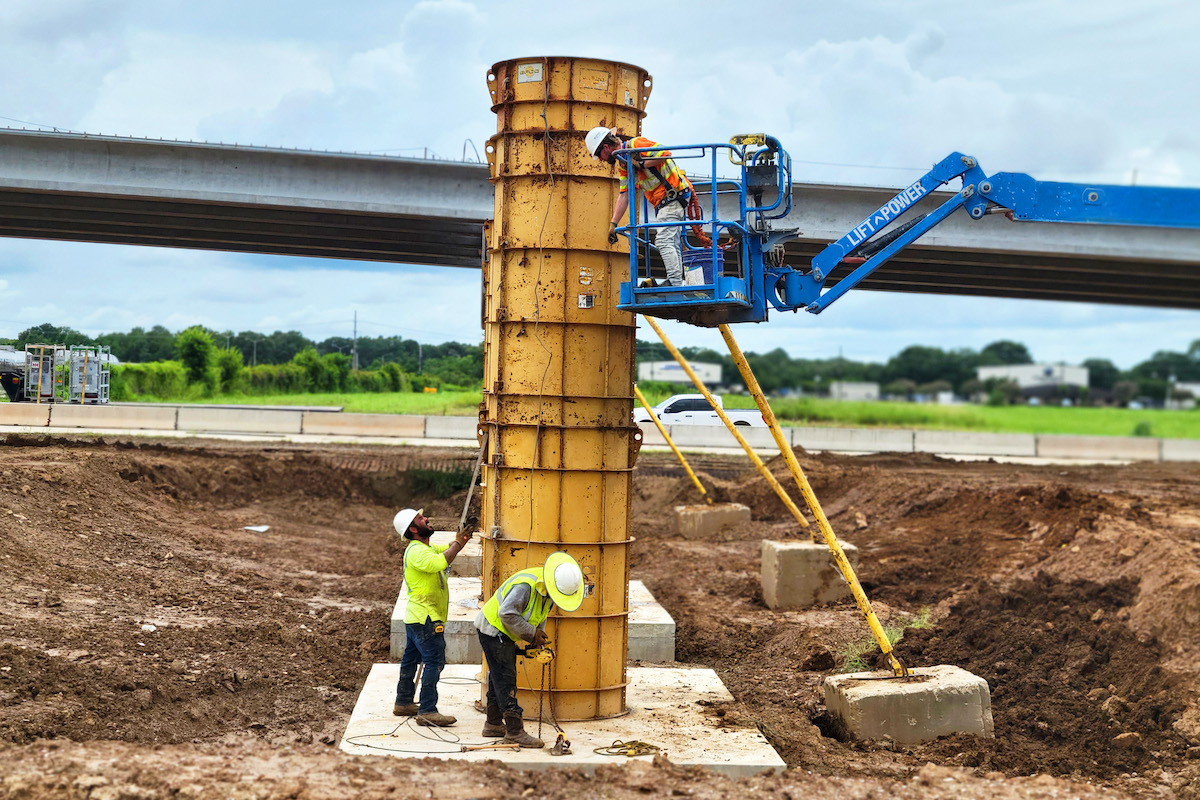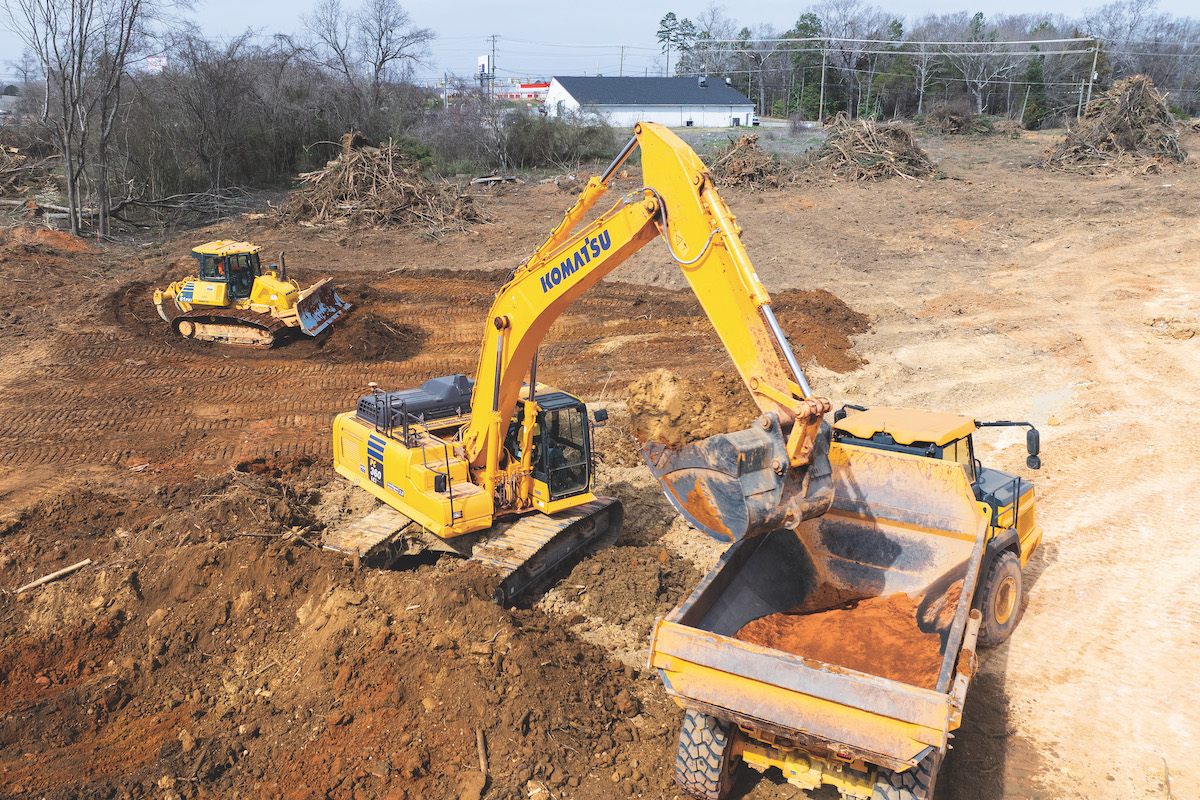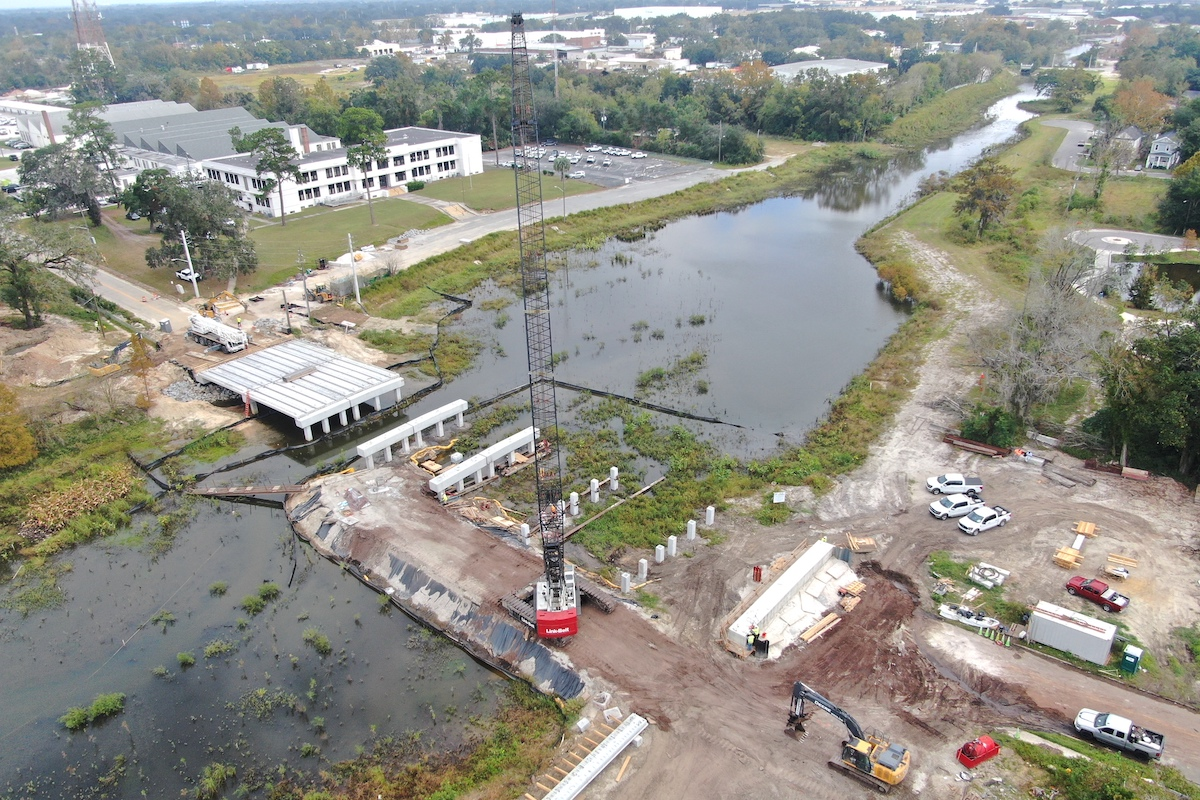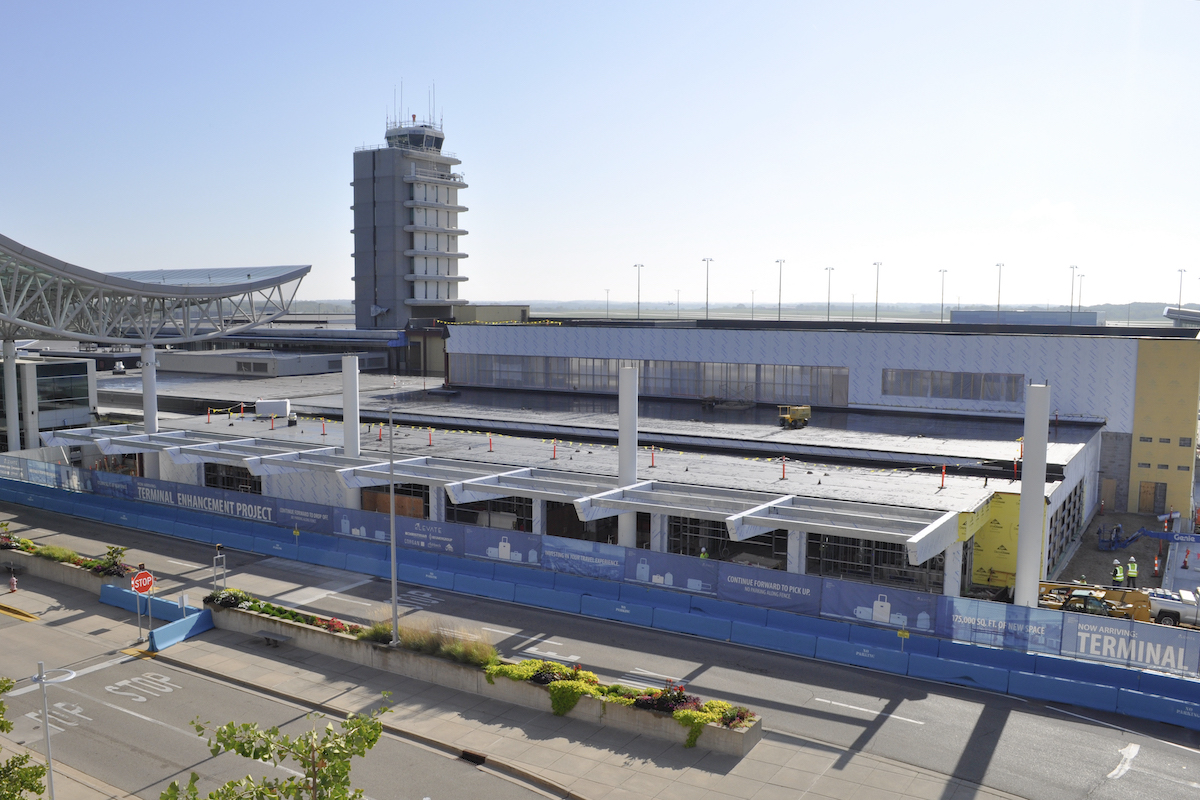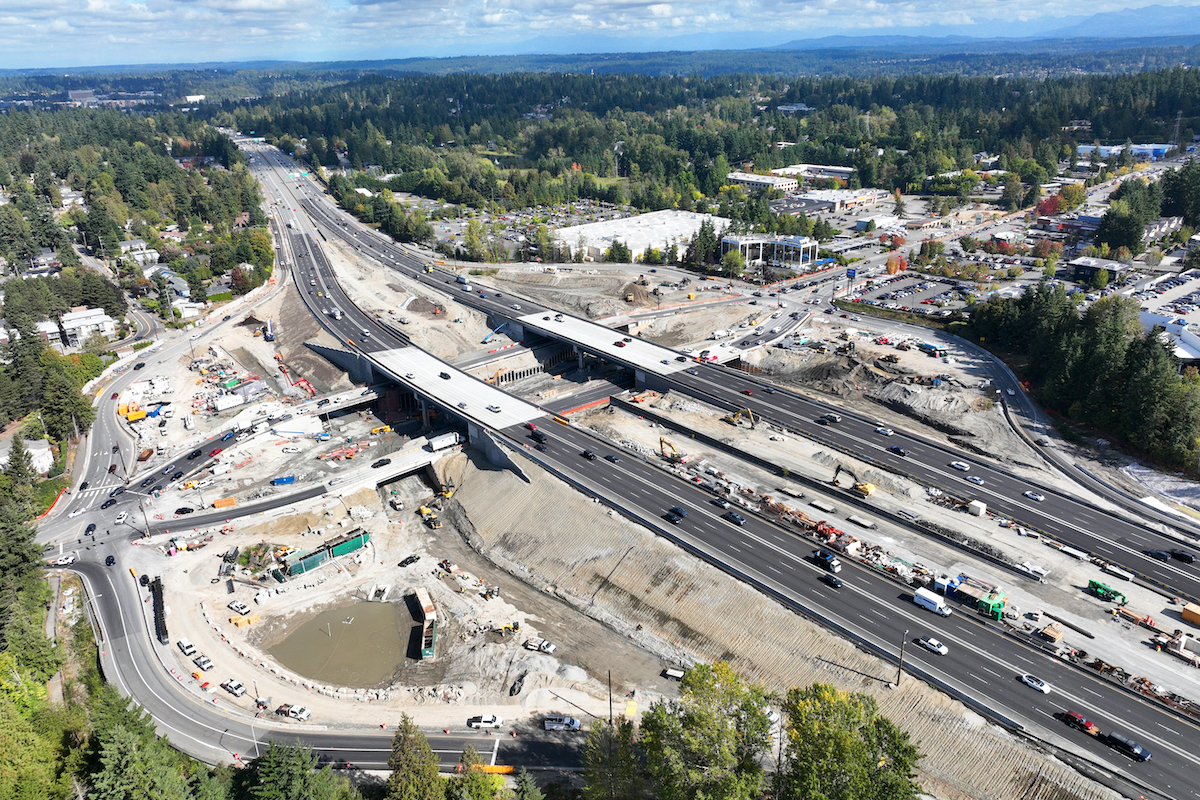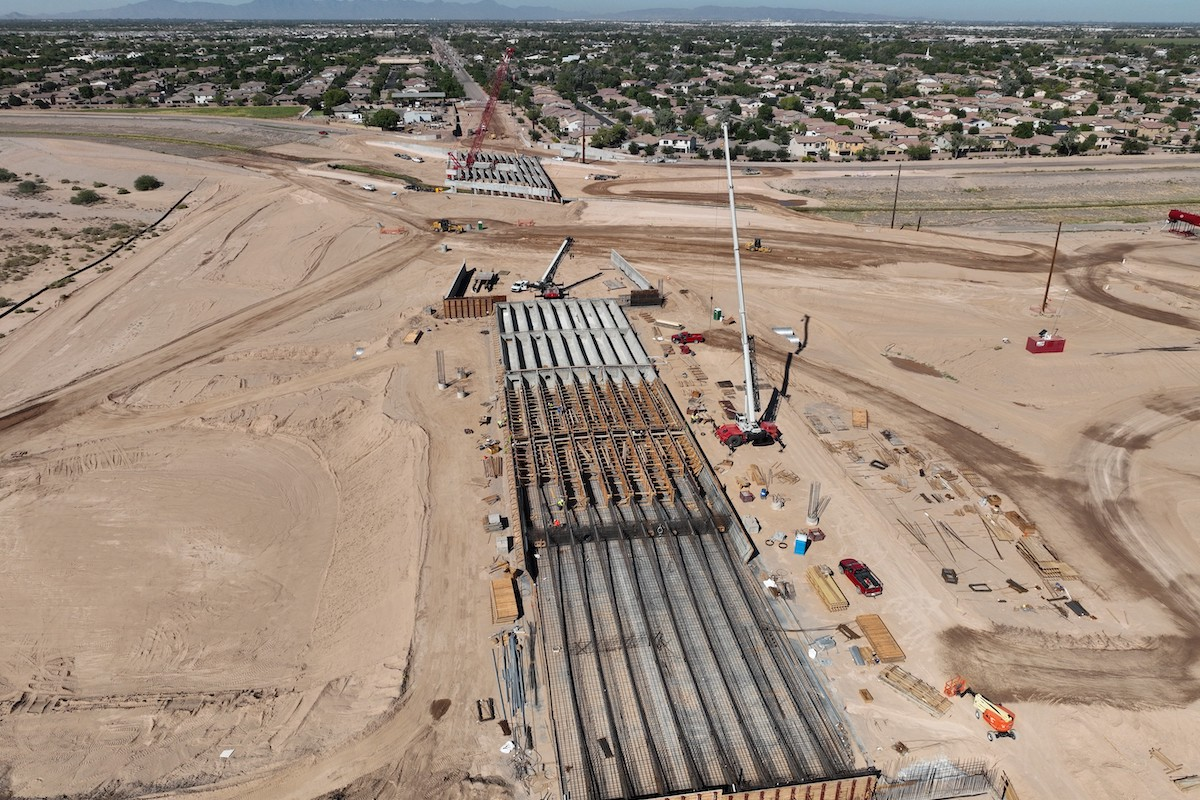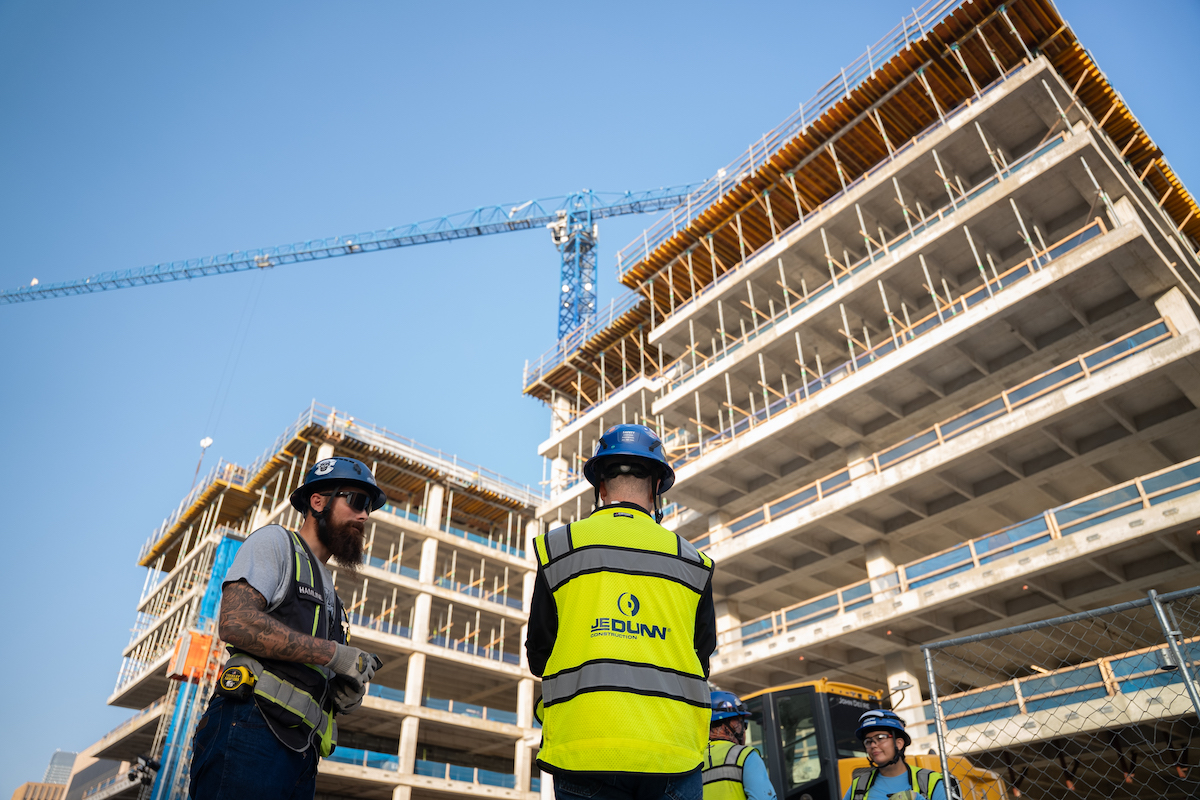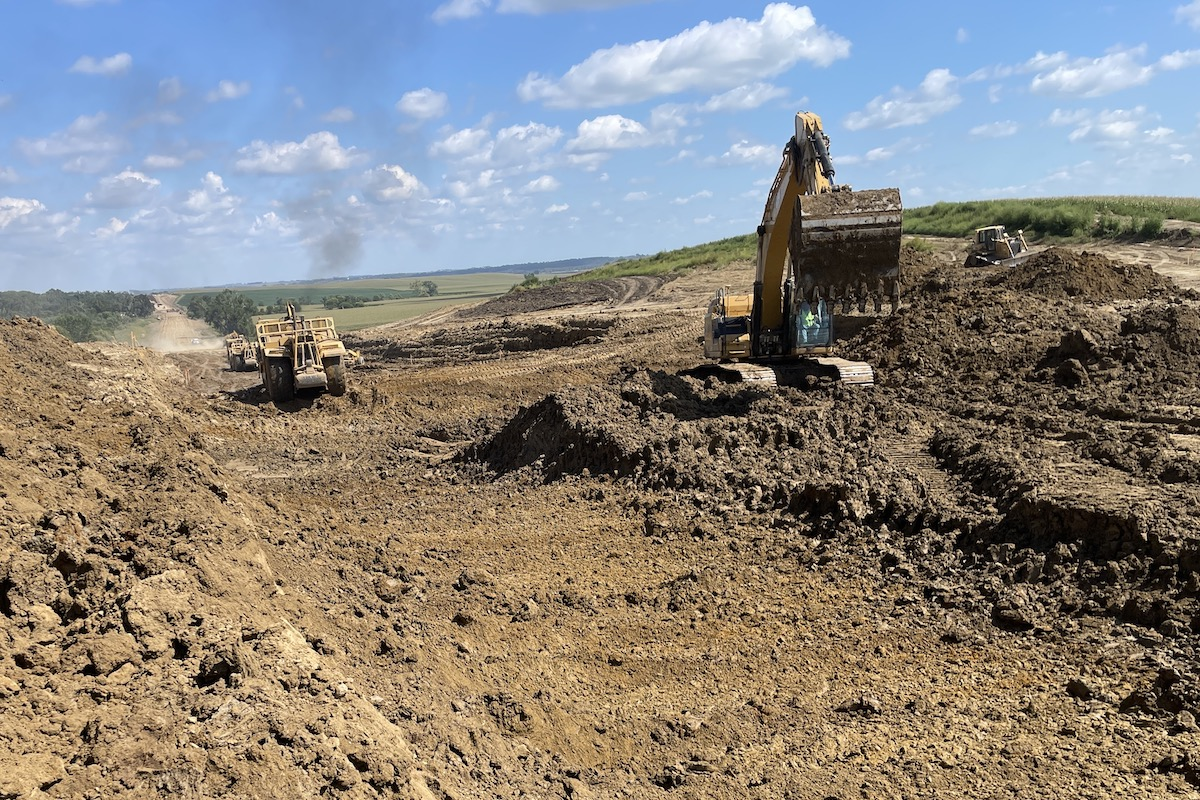INDIANAPOLIS — The Indianapolis City-County Council has approved Proposal No. 76, 2025, an ordinance authorizing the issuance of up to $66 million in economic development lease rental revenue bonds and approving the lease of the building to support the long-awaited revitalization of the historic Old City Hall (located on 202 Alabama St.). Built in 1910, Indianapolis' Old City Hall served as the seat of city government until 1962 and later as home to the Indiana State Museum. It briefly served as a temporary branch of the Indianapolis Public Library from 2002 to 2007. It has remained largely vacant for nearly two decades.
The proposal, which passed with bipartisan support, represents a major investment in downtown Indianapolis and will transform the largely vacant landmark into a vibrant hub for hospitality and commercial activity. The project is being led by TWG Development in partnership with the Circle Area Community Development Corporation. Under the terms of the agreement, the developer will be solely responsible for repaying the full amount of the bonds within 10 years. No city revenues—current or future—will be used to pay the debt service, apart from new tax increment financing (TIF) revenue generated by the project itself.
“This investment in Old City Hall is part of a broader, strategic effort to preserve our historic downtown core,” said City-County Council President Vop Osili. “From Circle Centre to the City Market to this iconic landmark, we are creating spaces that honor our history while fostering economic growth through job creation and tourism.”
Plans include repurposing the four-story building into a public art gallery curated by 21c Museum Hotels and will feature the works of local artists. This adds to the contemporary art museum and boutique hotel chain’s portfolio in the Midwest. It will be 21c’s first project in Indiana and ninth nationwide. This project will also include a central grand rotunda accompanied by a first-floor restaurant and designated office space.
“Old City Hall has sat vacant for over a decade—we needed to find a way to get this done,” said Republican Minority Leader Michael-Paul Hart. “This project brings public use back to the space and helps create a more vibrant downtown. I look forward to continuing bipartisan support for investments in neighborhoods across Marion County.”
Construction is expected to begin in July 2025. It is expected to be complete and open to the public in July 2028.

